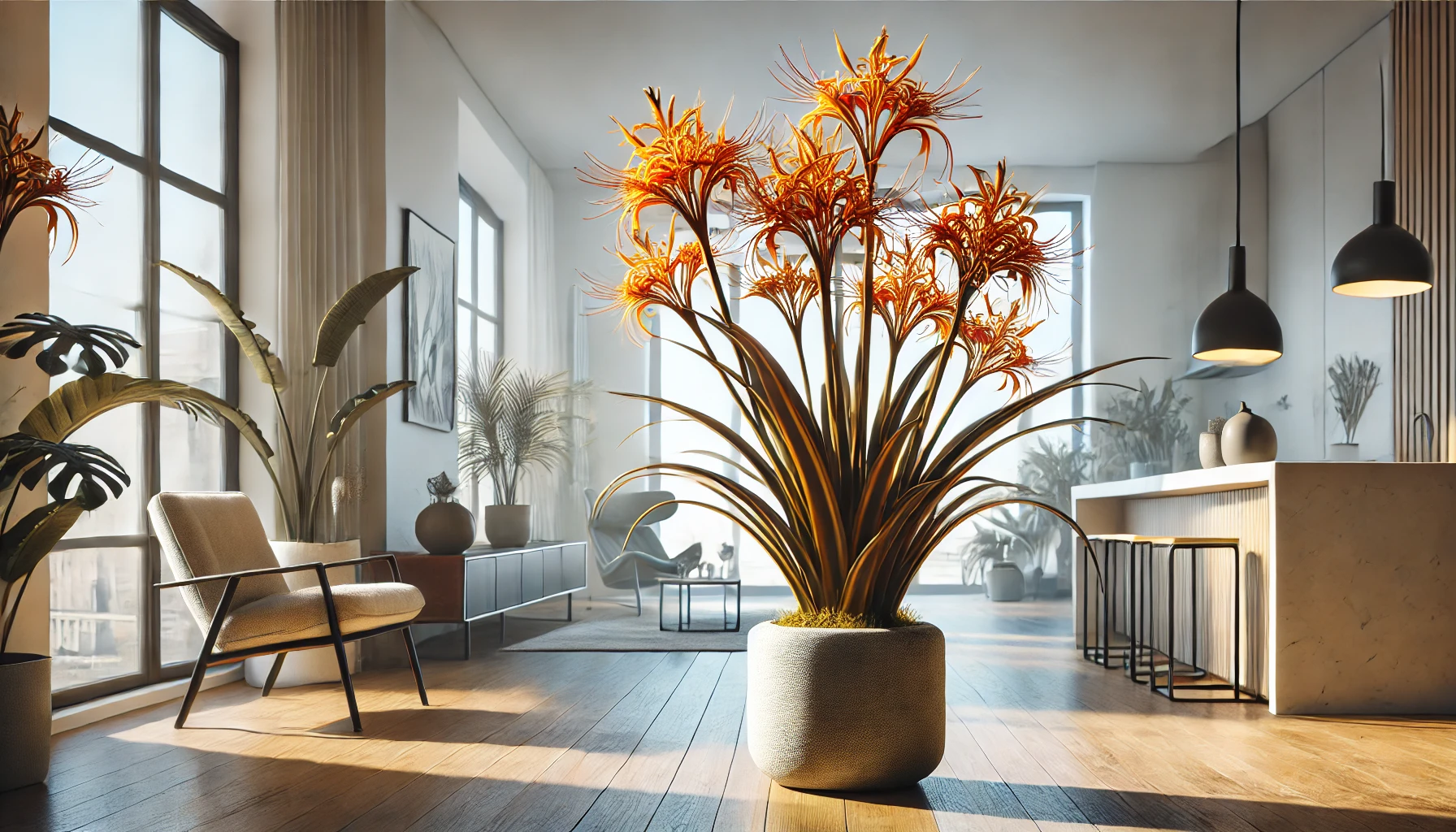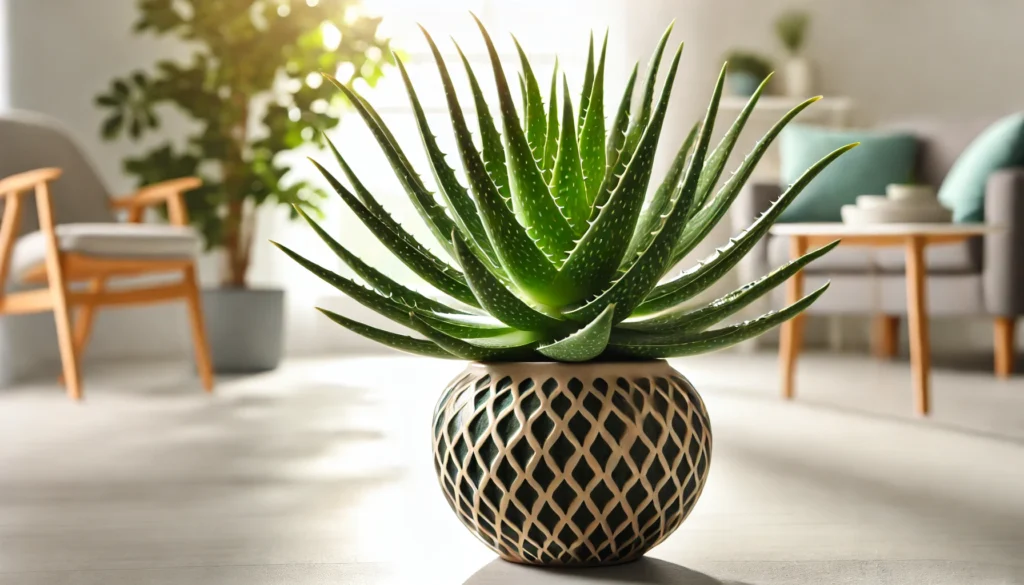
The Brassia Orchid, formally known as Brassia, is a captivating plant often referred to as the “Spider Orchid” due to its long, spidery petals. This orchid can grow up to 2 feet tall and produces stunning blooms that can span several inches across, creating a dramatic and exotic display. Its unique appearance and delightful fragrance make it a standout addition to any plant collection.
A Journey Through History and Ideal Growing Conditions
Native to the tropical regions of Central and South America, the Brassia Orchid thrives in warm, humid environments. These orchids are epiphytic, meaning they naturally grow on trees, deriving moisture and nutrients from the air and surrounding debris. To replicate these ideal conditions at home, Brassia Orchids should be provided with plenty of humidity, good air circulation, and bright, indirect light. They prefer temperatures between 65-80°F (18-27°C) and can tolerate slightly cooler temperatures at night.
Pet Safety: Non-Toxic Beauty
One of the many appealing aspects of the Brassia Orchid is its non-toxic nature. This plant is safe for households with pets, ensuring that curious cats and dogs won’t be harmed if they decide to investigate or nibble on the leaves or flowers. This makes the Brassia Orchid a perfect choice for pet owners looking to add a touch of exotic elegance to their home.
Expert Tips for Brassia Orchid Care
Caring for a Brassia Orchid involves understanding its specific needs and providing the right environment for it to thrive. Here are some essential tips to keep your orchid healthy and blooming.
Watering and Humidity
Brassia Orchids prefer to be kept consistently moist but not waterlogged. Water your orchid thoroughly when the potting medium feels dry to the touch, allowing water to drain out completely. Increasing humidity levels can be achieved by placing a humidifier nearby or setting the orchid on a tray filled with pebbles and water. Misting the leaves regularly can also help maintain the necessary humidity.
Soil, Light, and Temperature
These orchids require a well-draining, bark-based potting mix, similar to what they would find in their natural habitat. A specialized orchid mix works well. Brassia Orchids thrive in bright, indirect light. Too much direct sunlight can scorch the leaves, while too little light can hinder blooming. A spot near an east or west-facing window is often ideal. Maintain temperatures between 65-80°F (18-27°C) during the day, with a slight drop at night to mimic natural conditions.
Troubleshooting Common Issues
Despite their hardy nature, Brassia Orchids can encounter a few problems. Yellowing leaves often indicate overwatering, while brown, crispy edges can be a sign of underwatering or low humidity. If your orchid isn’t blooming, it might need more light or a change in temperature to induce flowering. Pests such as spider mites and aphids can occasionally be an issue. Treat infestations promptly with insecticidal soap or neem oil.
Propagation and Benefits
Propagating Brassia Orchids is typically done through division. When the plant has multiple pseudobulbs, you can carefully divide it into separate plants, each with at least three pseudobulbs. This process is best done after the orchid has finished blooming.
Beyond their striking appearance, Brassia Orchids offer several benefits. Their unique flowers can add a touch of exotic elegance to any space, and their delightful fragrance can enhance the ambiance of your home. Orchids also have air-purifying qualities, helping to improve indoor air quality.
Final Thoughts
The Brassia Orchid is a stunning and unique plant that can bring a touch of the tropics into your home. With its dramatic spider-like blooms and relatively easy care requirements, it’s an excellent choice for both novice and experienced plant enthusiasts. By understanding its needs and providing the right conditions, you can enjoy the beauty and fragrance of the Brassia Orchid for many years. Whether you’re looking to expand your orchid collection or add a single, striking plant to your home, the Brassia Orchid is sure to be a rewarding and delightful addition.



